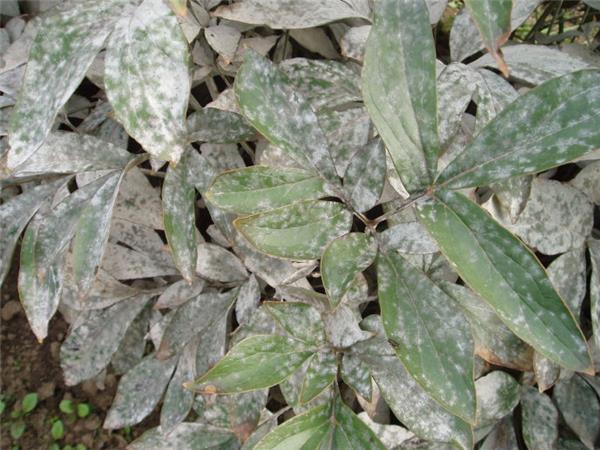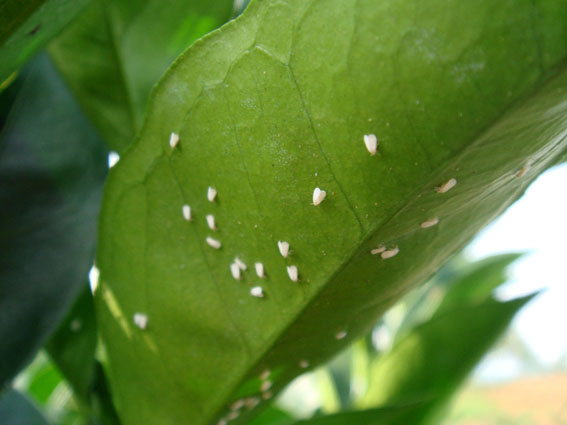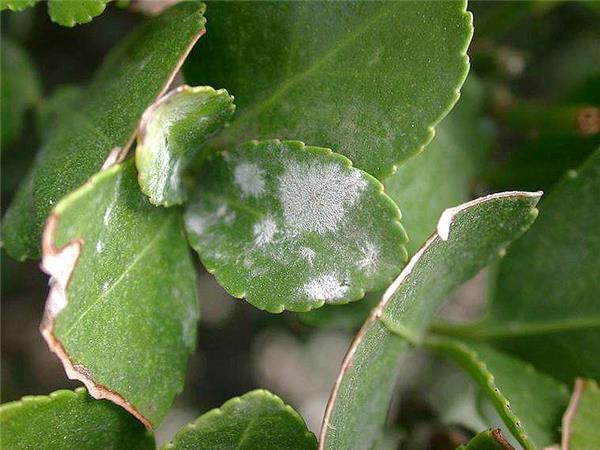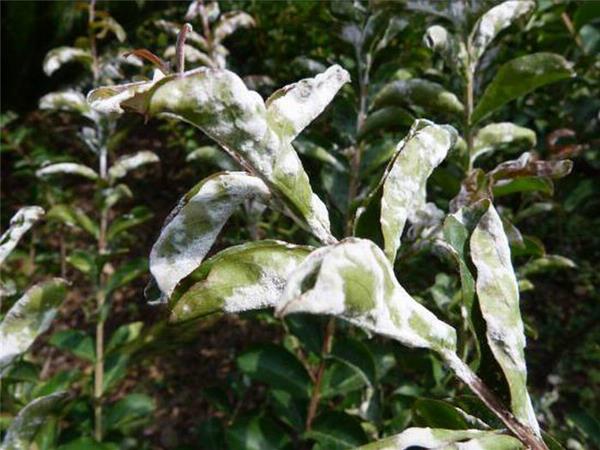How to effectively control diseases and insect pests in flowers and plants
Learning how to control diseases and insect pests is very necessary for flower cultivation, because once flowers are infected with diseases and insect pests, they will cause great damage to plants.

I. General methods for the prevention and control of flower diseases and insect pests
The main results are as follows: 1. Keeping the environmental hygiene of flower cultivation can reduce the harm.
2, protect the plant, do not break the skin, be injured, beware of germs invasion.
3. Pre-disinfection of culture can kill germs and pests.
4. Strengthen daily management, keep proper water and fertilizer, smooth air, suitable temperature and daylighting, so as to make the plant grow healthily and control the breeding and spread of diseases and insect pests.
5. Outdoor overwintering flowers, spray or smear stone sulfur mixture after falling leaves, spray Bordeaux liquid 1-3 times in early spring and before flower bud germination, wither and control diseases and insect pests.
The seedlings sown with blight appear scalded near the surface at first, and then become soft and fall to the ground and die. Sprinkling plant ash or irrigating ammonium solution on the surface of basin soil can sterilize and protect seedlings.

II. Methods for safe prevention and control of diseases and insect pests in flowers and trees
Spraying method: soak 0.5 kg of plant ash to 2.5 kg of water for 24 hours and spray flowers and trees with its filtrate to kill aphids on plum blossom, rose and pomegranate trees. Spraying flowers and trees with 0.1% baking soda solution can control powdery mildew of rose, chrysanthemum, impatiens, hibiscus, melon and leaf chrysanthemum, and the prevention and treatment rate can reach 80%.
Smearing method: gently wipe the camellia leaves with cotton balls dipped in vinegar, which can not only kill the shell insects above, but also turn green the leaves that have been damaged by the shell insects. When the branches of the stump bonsai rot, you can first scrape off the rotten part of the stump with a blade sterilized by iodine, and then smear the iodine wine to prevent it from rotting.
Fertilizer application method: mixed with a small amount of silicon fertilizer when fertilizing flowers and trees, flowers and trees can improve the hardness of their epidermal cells and enhance their ability to resist insect pests.
Injection method: Woody flowers are often harmed by longicorn beetles, gibberries, wood moths and other trunk borers, and when serious, the branches will be eaten empty by pests. In order to control these pests, the larvae or eggs can be killed by injecting 20,30ml of 20% ammonia into the wormhole during the larval incubation period, the early adult Eclosion period and the overwintering period of the larvae, and then seal the wormhole with clay or wax.

III. Prevention and control of major diseases and pests in flowers and trees at present
1. Weevil
It mainly harms the lawn of paradise, but also harms Camellia, Camellia, Camellia oleifera, Toona sinensis and Toona sinensis. Active in the ground and underground, the most active in summer, feeding on the ground surface at night, the damaged plants are brown. The base of the seedling is gnawed, and the feeding place leaves iron shavings of insect droppings.
Control methods: (1) catch and kill adults on the seedlings in the evening of the harmful period; (2) in the larval stage, apply 5% phoxim granule or 5% carbaryl powder, mix well with about 8 grams of fine soil per square meter, sprinkle it on the bed, it is best to turn it into the soil to kill the larvae, or you can sprinkle an appropriate amount of water after sprinkling poisonous soil. (3) 1500 times of phoxim EC was sprayed on seedlings and lawns during the adult danger period, and the adults were killed by fine spray.
2. Anthrax
Harm to rose, tequila, sisal, Chinese fir, Milan, Fusang, sprinkled golden coral, cockscomb, citrus, sweet-scented osmanthus, eight immortal flowers, Michelia, palm, hairpin, pomegranate, magnolia, ivy, Liriodendron, bauhinia, wintersweet, peony, tulip, camphor and so on.
Prevention and treatment: strengthen environmental hygiene and maintenance management to avoid dampness and poor ventilation. At the initial stage of the disease, the diseased leaves were cut off and burned according to different conditions and different disease resistance of plants, and then 1% Bordeaux solution was sprayed to protect and prevent spread. It can also be sprayed with carbendazim 500,700x, 70% methyl thiophanate wettable powder 1000 times or 50 anthrax Fumei wettable powder 500700 times, generally about 10 days, 3-4 times in a row, and the control effect is significant.
3. Soft rot: water-soaked spots appear on the leaves and petioles of herbaceous flowers, wilting and drooping. Spray Bordeaux.
4. Soot disease: dark brown coal stain appears on the leaves of perennial evergreen flowers, and then gradually expands to form a black soot-like mildew layer. Spray Bordeaux, or use 5% alcohol to detect the coal stain.
5. Brown streak: there are brown sunken spots on the leaves of orchid flowers, and the leaves are dry and scorched. Pay attention to shade and increase air humidity, equal amount of Bordeaux liquid.

The prevention and control of diseases and insect pests is the top priority in the daily care of flowers, in this respect, we must achieve early prevention and prevention, and timely elimination of diseases and insect pests in order to ensure the continued survival of flowers.
Related
- Wuhan Hospital Iron Tree Blooming Result Was Instantly Frightened by the Gardener Master
- Which variety of camellia is the most fragrant and best? Which one do you like best?
- What is the small blue coat, the breeding methods and matters needing attention of the succulent plant
- Dormancy time and maintenance management of succulent plants during dormancy
- Minas succulent how to raise, Minas succulent plant pictures
- What are the varieties of winter succulent plants
- How to raise succulent plants in twelve rolls? let's take a look at some experience of breeding twelve rolls.
- Attention should be paid to water control for succulent plants during dormant period (winter and summer)
- Watering experience of twelve rolls of succulent plants
- Techniques for fertilizing succulent plants. An article will let you know how to fertilize succulent plants.



